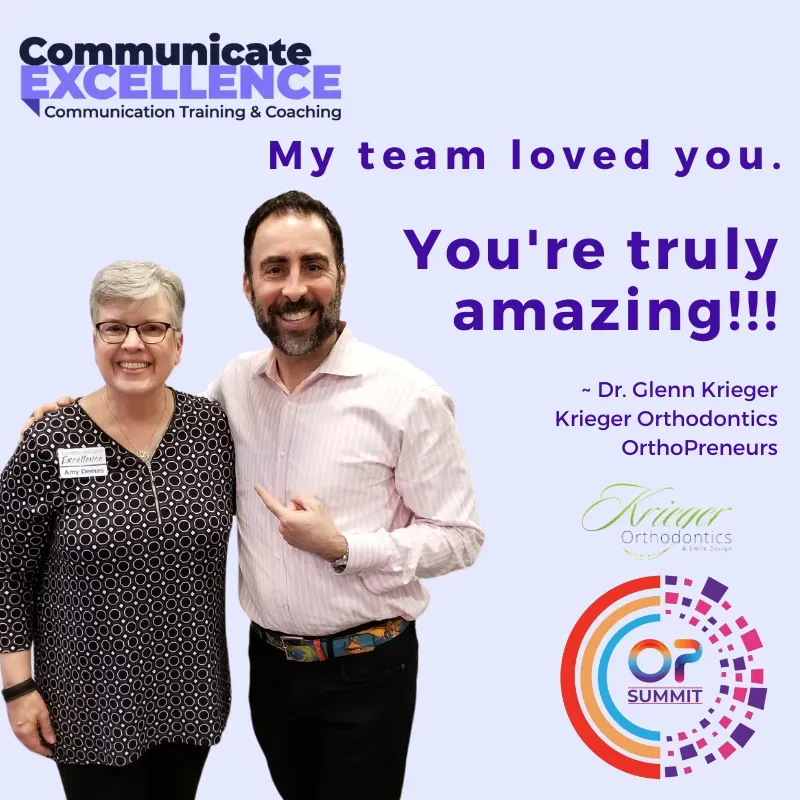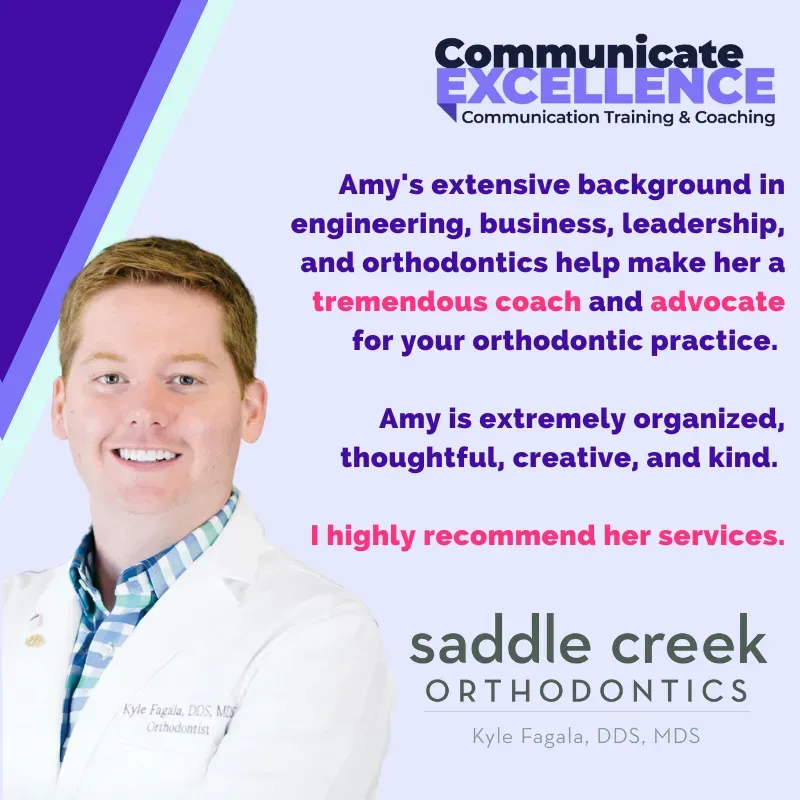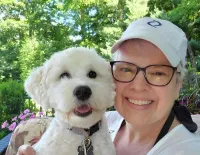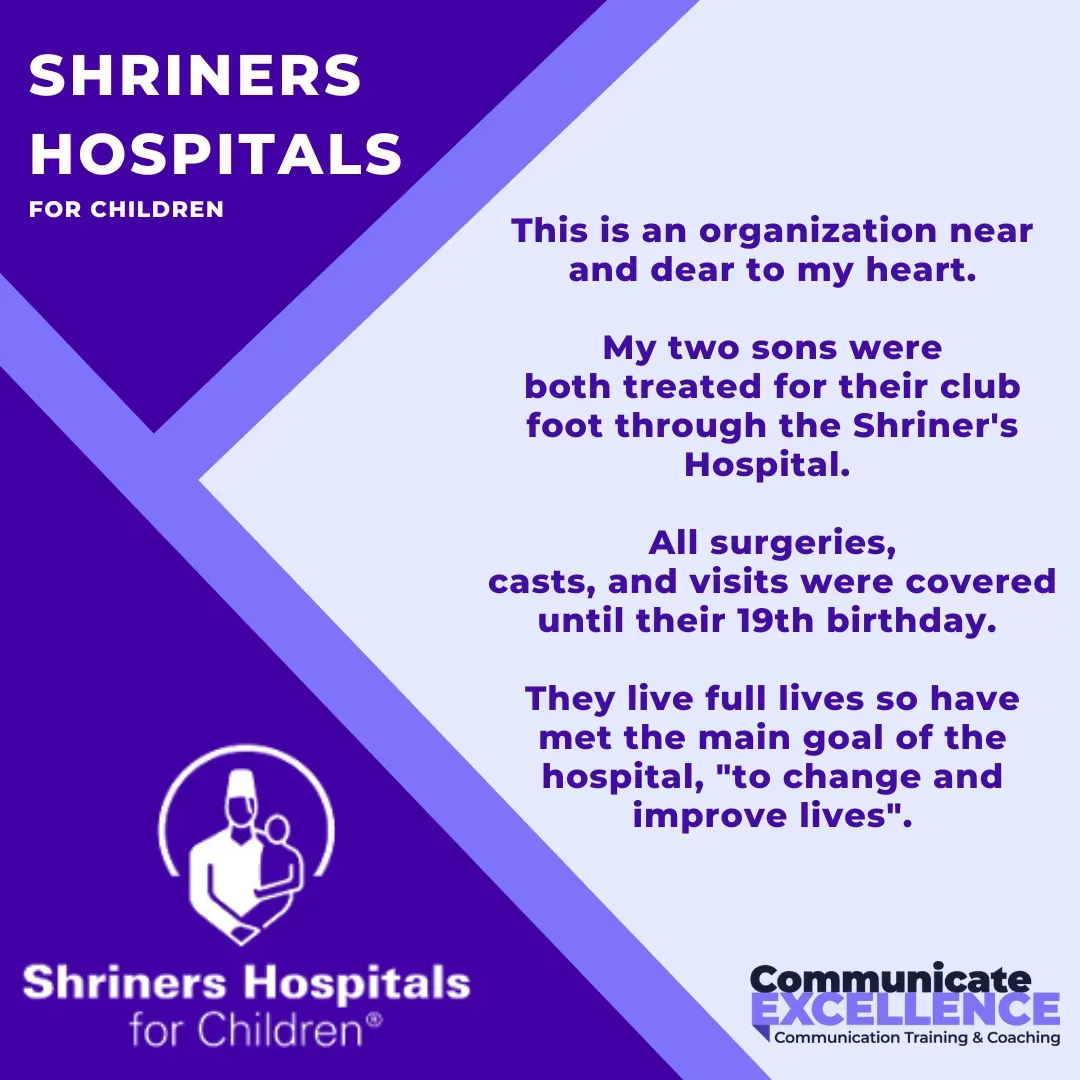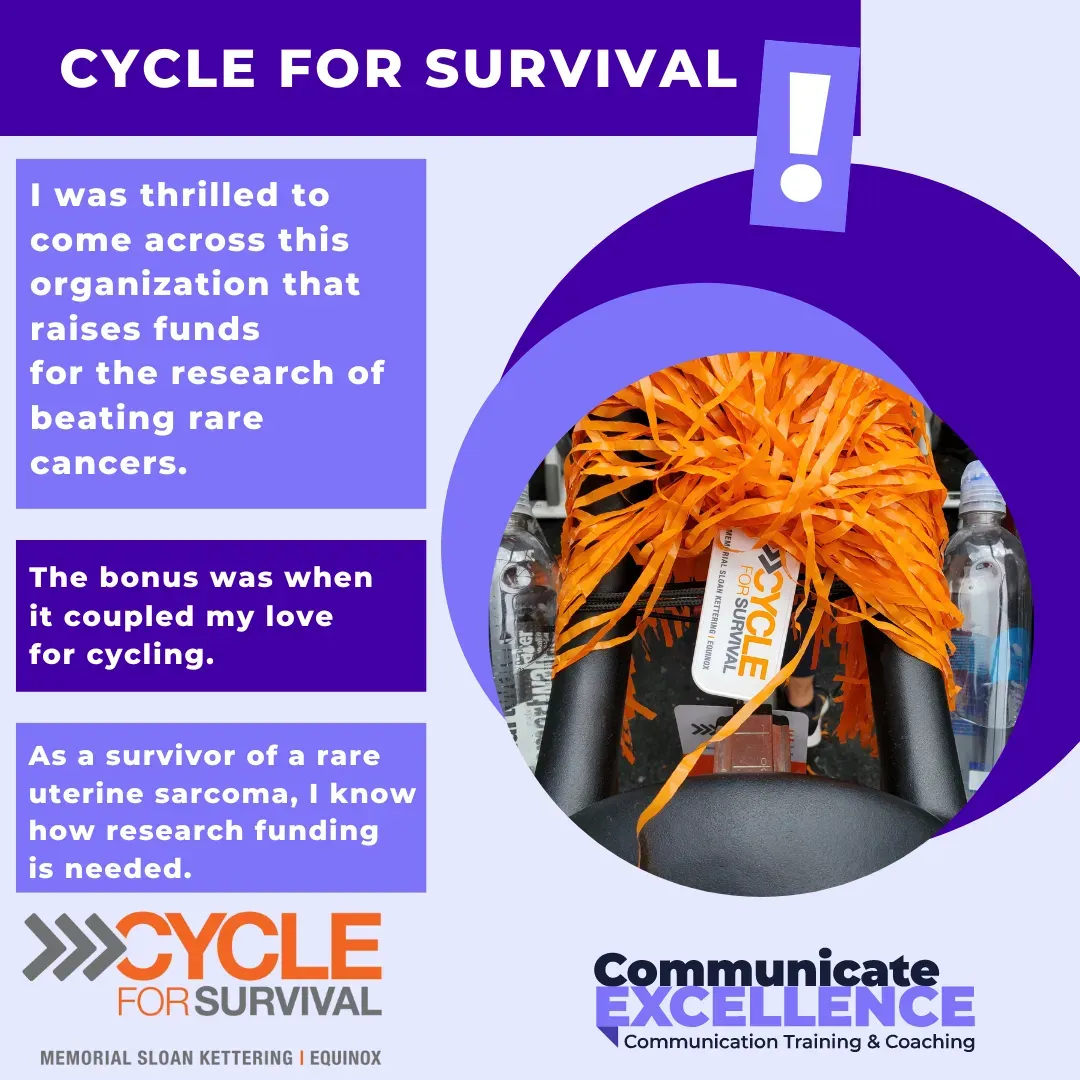Hi! I'm Amy Demas
Let me show you how my past will empower the practice of your future.
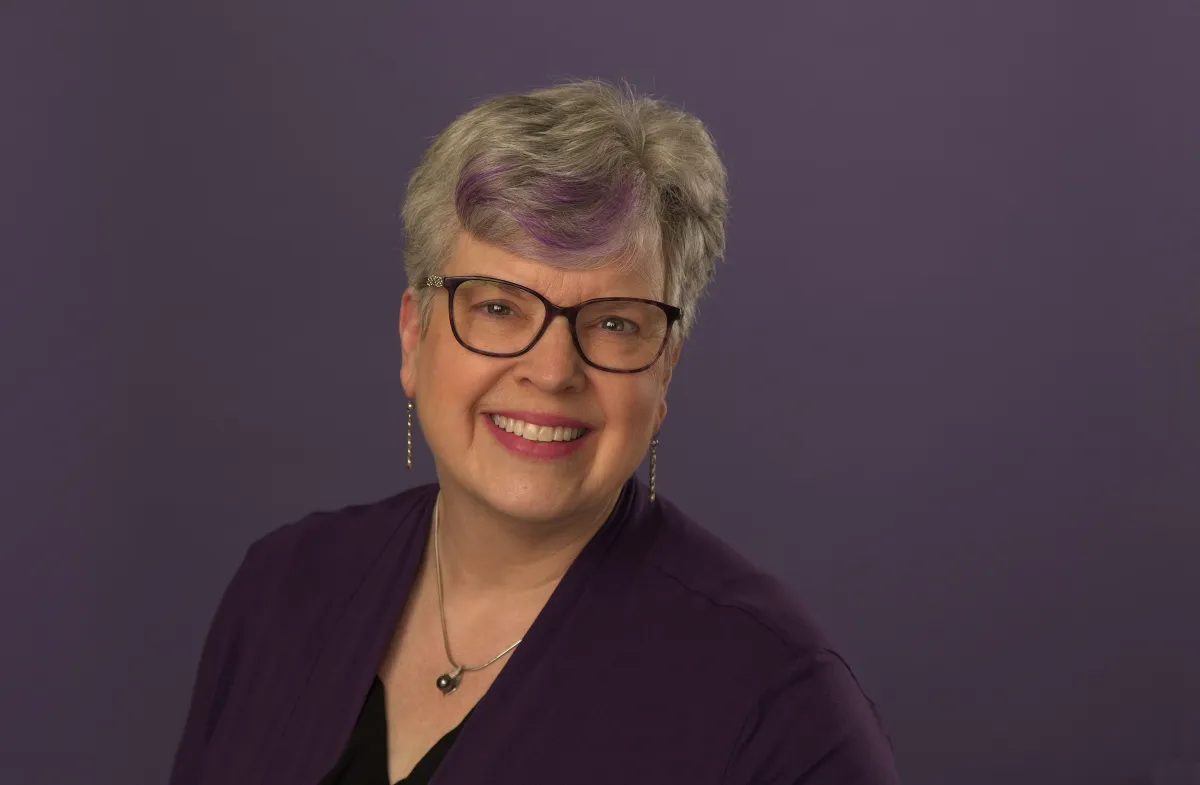
Hi! I'm Amy Demas
Let me show you how my past will empower the practice of your future.
Why am I the best coach for your team?
Worked as a Vice President at Bank of America
Awarded over 56 U.S. Patents for statistical and process development work
Earned Green Belt Six Sigma certification
Inventor of the Year at Bank of America in 2008
Received Distinguished Toastmaster title and am an award-winning communication evaluator
One of the first 1000 women to ever attend the United States Military Academy
Received a BS in Mechanical Engineering from
Missouri University of Science & Technology
Earned an MBA
I am here to help you deliver superior customer service, streamline communication and save thousands of marketing dollars by establishing better relationships with patients.
I am so proud to be recommended by 100% of Doctors AND Staff
I believe in establishing trust among doctors, their staff and patients and instilling confidence in front desk employees. No more “gotcha” calls or walking on eggshells.





Accountability
Respect
Trust
Honesty
Expertise
I would highly recommend her coaching program to any practice looking to enhance their patient communication!
Dr. Lance Miller, Keene Orthodontic Specialists
Preferred Provider For:
As a bonus for being a member of these organizations you will receive a discount on my services.
Schulman Group leaders say
“The Schulman Group is pleased to call Amy Demas/Communicate Excellence one of our valued preferred consultants and a huge advocate for our educational programming efforts. Her "can do" attitude has served the group in many capacities over the years…..as a consultant, as a program speaker and most recently served as moderator for our Doctor and Team Meeting. As speaker and consultant, Amy offers invaluable insight on communication skills for all orthodontic team members and has helped a number of our members streamline and improve office interactions with patients.”
Emily, Mari's List says
"Amy Demas is a shining star when it comes to training front desk staff, scheduling coordinators and treatment coordinators. She truly communicates excellence. Mari's List feels confident endorsing Amy because of her long history of exceptional professionalism and glowing reviews from our members."


Hear from Amy
HOW TO WORK WITH ME

Phone Coaching
Telephone skills training for efficient and impactful first impressions with your receptionist and front office team.

Sales Coaching
Treatment Coordinator communication training for consultations to adapt, read the room, and win the start.

Workshops & Keynotes
Book me for your team or appreciation event you are running to provide customer experience training.
Join my mailing list for regular inspiration, tips and techniques to share with your team.
Watch my short video on the 5 Types of Questions as a welcome gift.
Did you know there are different types of questions? Annoyingly, we often default to the question type that doesn't actually help move us towards our goal.
Take a few moments to watch my short video and you'll learn a few of the different types so you can be more conscious of your speaking habits and bring the correct question type to the situation at hand.
Do share this video with the rest of your team to help them make the same change - it's my little thank you for having you join my mailing list.


How to Use Your Voice
Are you aware that hearing and experiencing your voice is one of the key senses in creating a first customer experience? Yes, your voice paints a picture. It represents you…but also your business. Do you like what you hear? Let’s take a few minutes to discuss how your voice is part of phone etiquette training.
A key component to utilizing our voices well is to understand their components. A great acronym for this is PICTURE.
P – Pitch
Pitch is the high and low of our voice. A child’s voice naturally has a higher pitch. Then as we age and mature, the pitch of the voice begins to lower. And when we need to express authority, we deepen it even more to make a point.
As you are having conversations, is your pitch in the right zone for the impression you wish to make? Is it appropriate to the message you need to get across?
I – Inflection
Inflection is the melodic part of our speech and voice. We seem to notice it most when it is absent. Think of a robot or the droning professor….. (wha…? oh…did you nod off?)
But the proper use of inflection – or emphasis – can engage the listener or produce a different reaction.
C – Courtesy / T – Tone / U – Understanding
These 3 attributes are what leave us with the good or bad sensation about a conversation. A head nod (or a quiet “uh-huh” on the phone) helps provide evidence we are listening. A smile in our voice shows kindness and welcoming. And asking an open-ended question demonstrates you are thinking of the needs of the listener.
Don’t forget these things, because as Maya Angelou so famously says,
“I’ve learned that people will forget what you said, people will forget what you did, but people will never forget how you made them feel.”
Maya Angelou
R – Rate
Slow down! There is a speed limit here! As you communicate, do not sound like the disclaimer of a drug commercial.
You may be saying the same spiel time and again, but it should sound like you are delivering it specially for your listener.
E – Enunciation
E-nun-ci-a-tion. Speak clearly. Avoid the slur.
Whether over the phone or through a mask, we can compress words or drop consonants. All this makes it harder to understand what you are saying.
Then let’s include in the bucket the avoidance of distractors of filler words of “um”, “ah”, “you know”, “like”, “kind of”. All these add no value and actually lower the perceived value of your knowledge and service.
SUMMARY – Your Voice Etiquette Training
Your voice is a critical part in painting an overall picture and fostering the customer service of your office. Take time to be aware of your voice. Should you find there are aspects that need work, find a trusted advisor or coach to help you work on them in a safe environment. You’ll be glad you did!
Our Clients' Experiences

